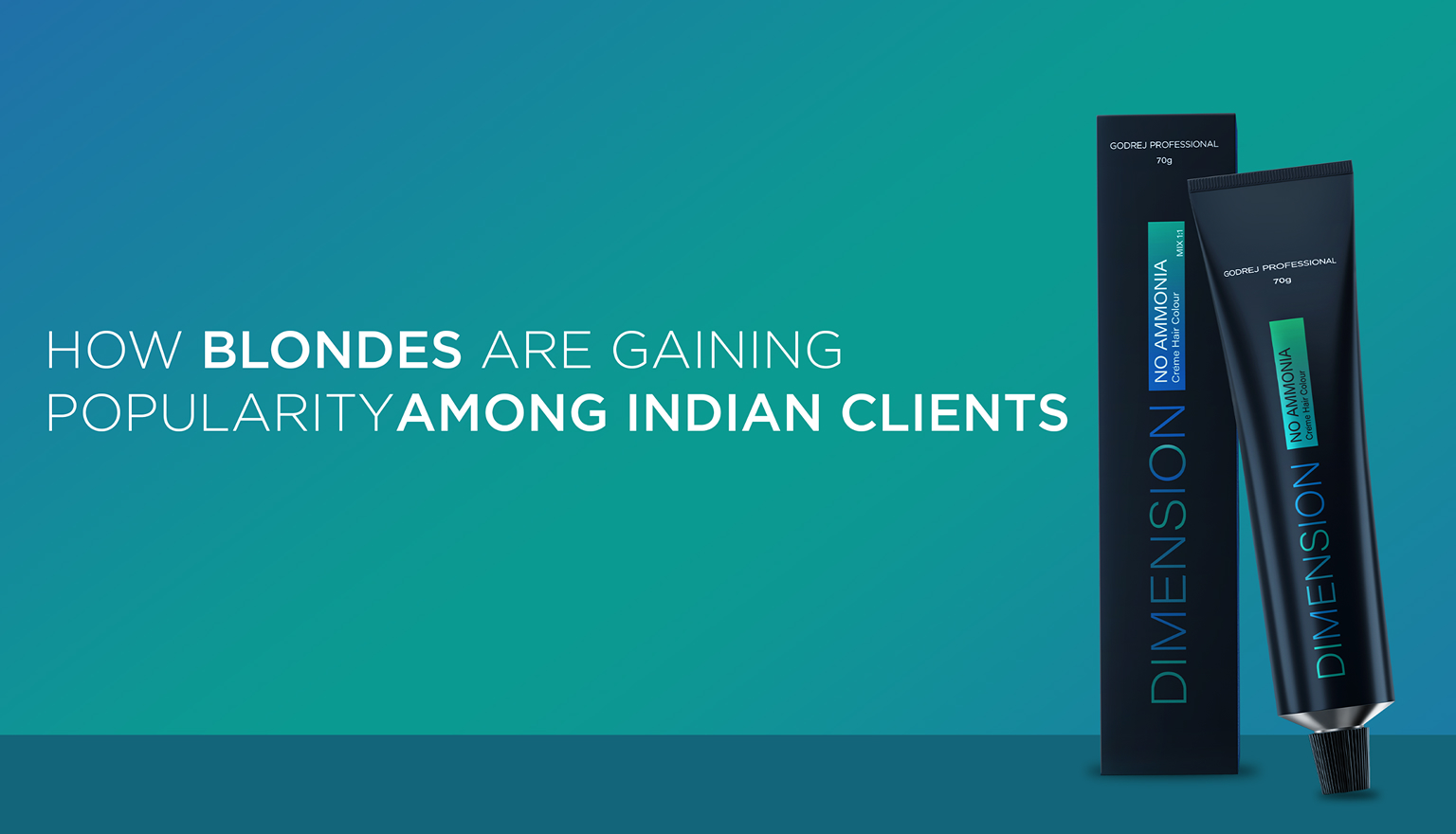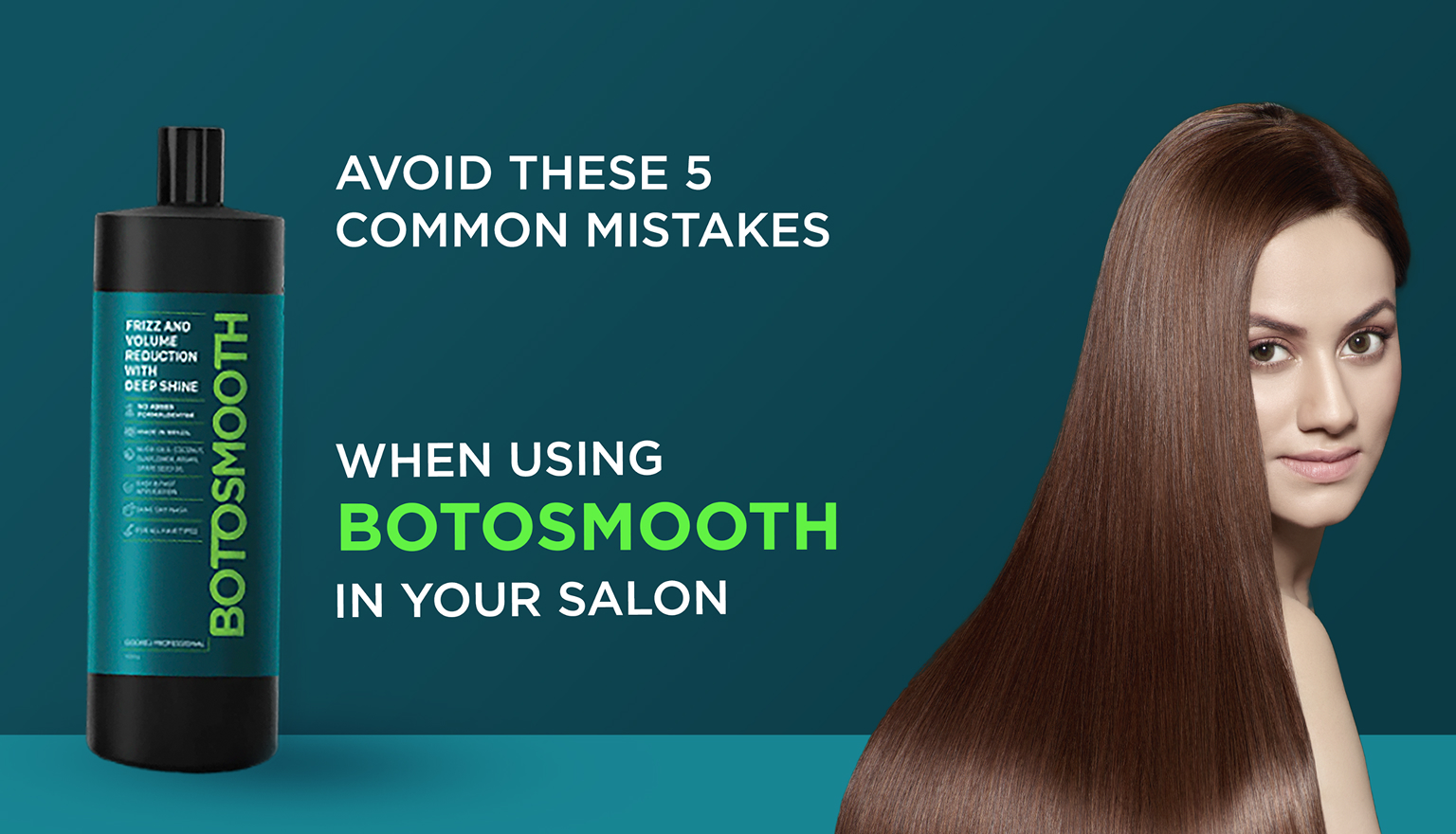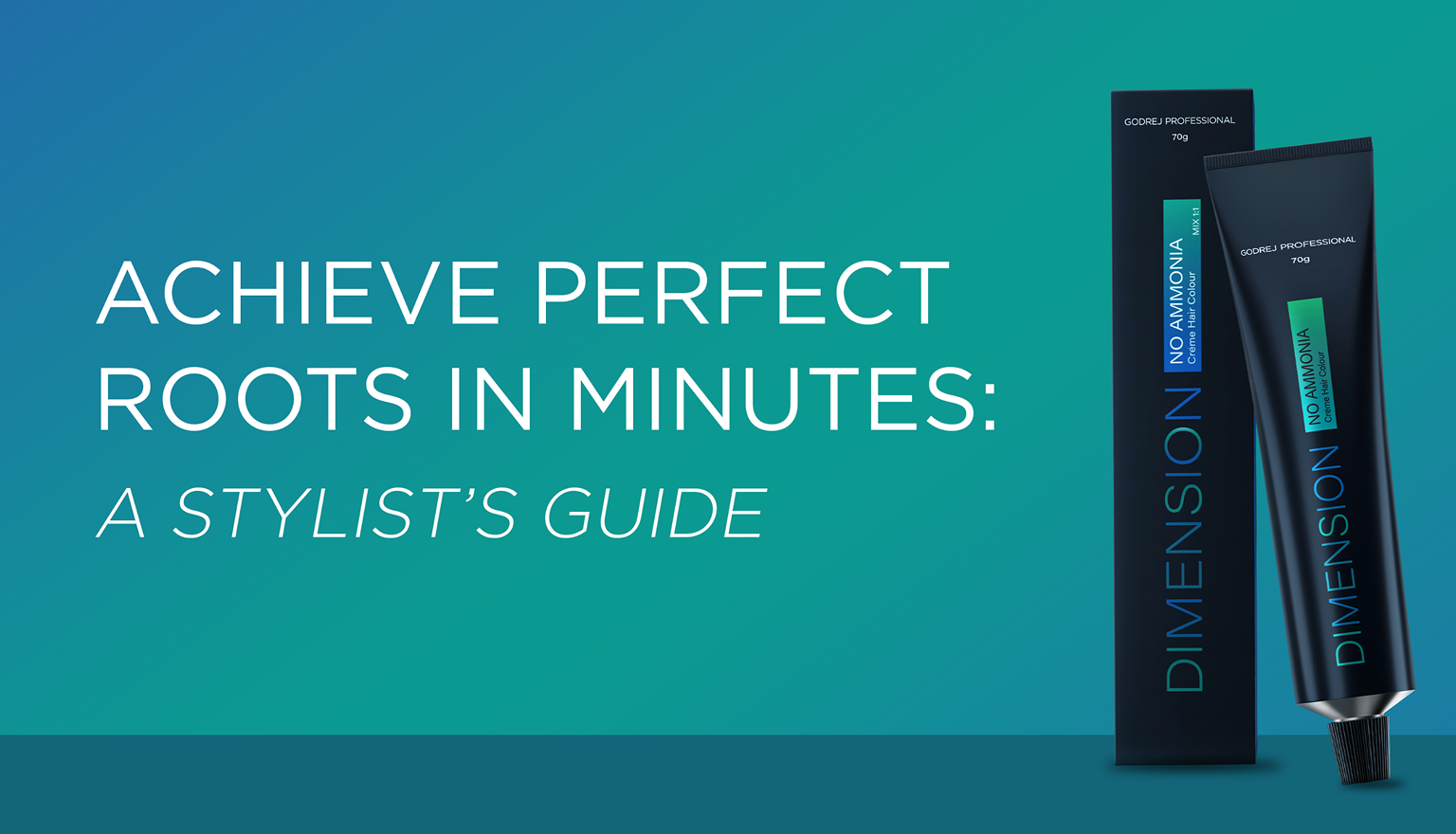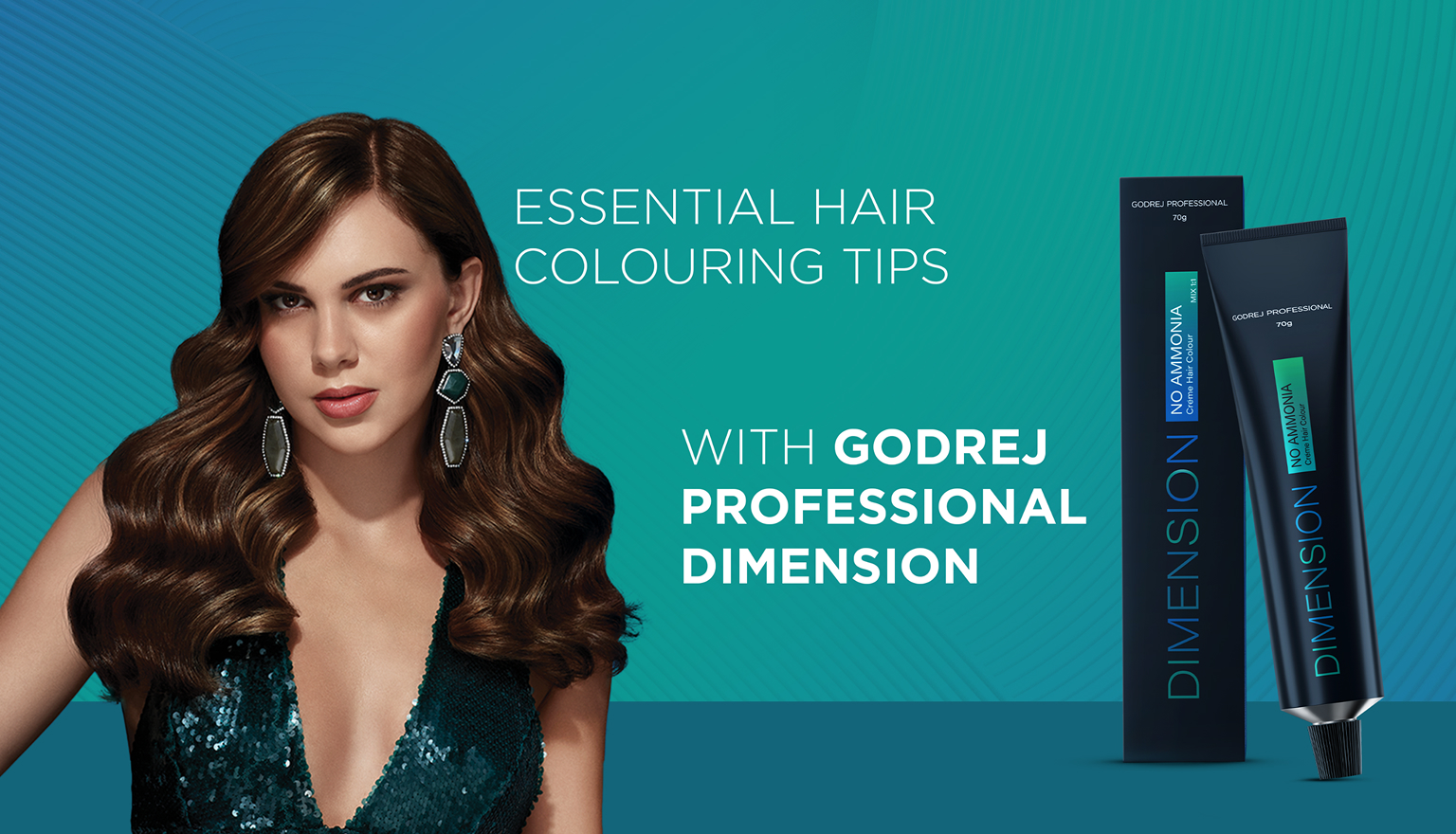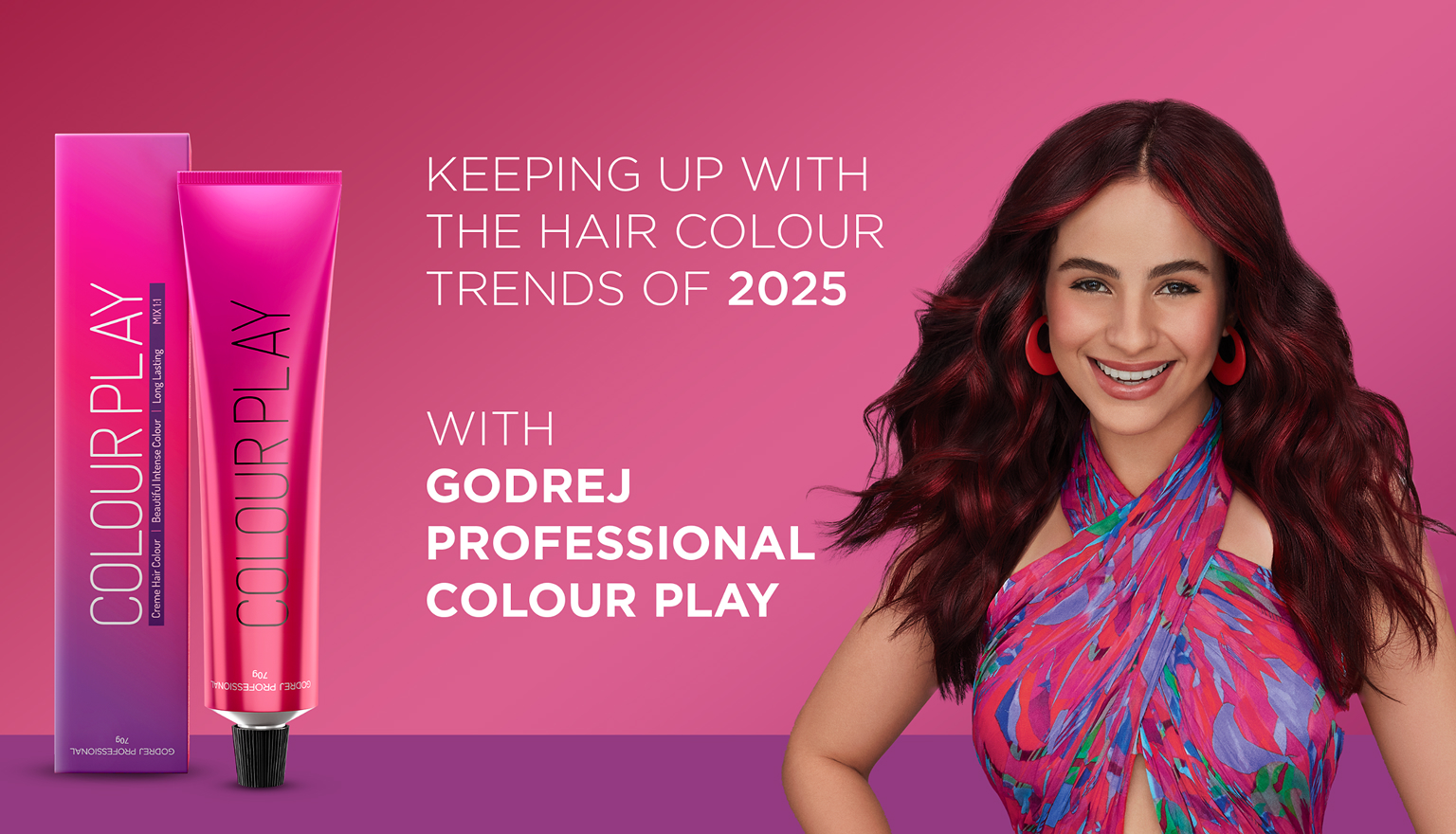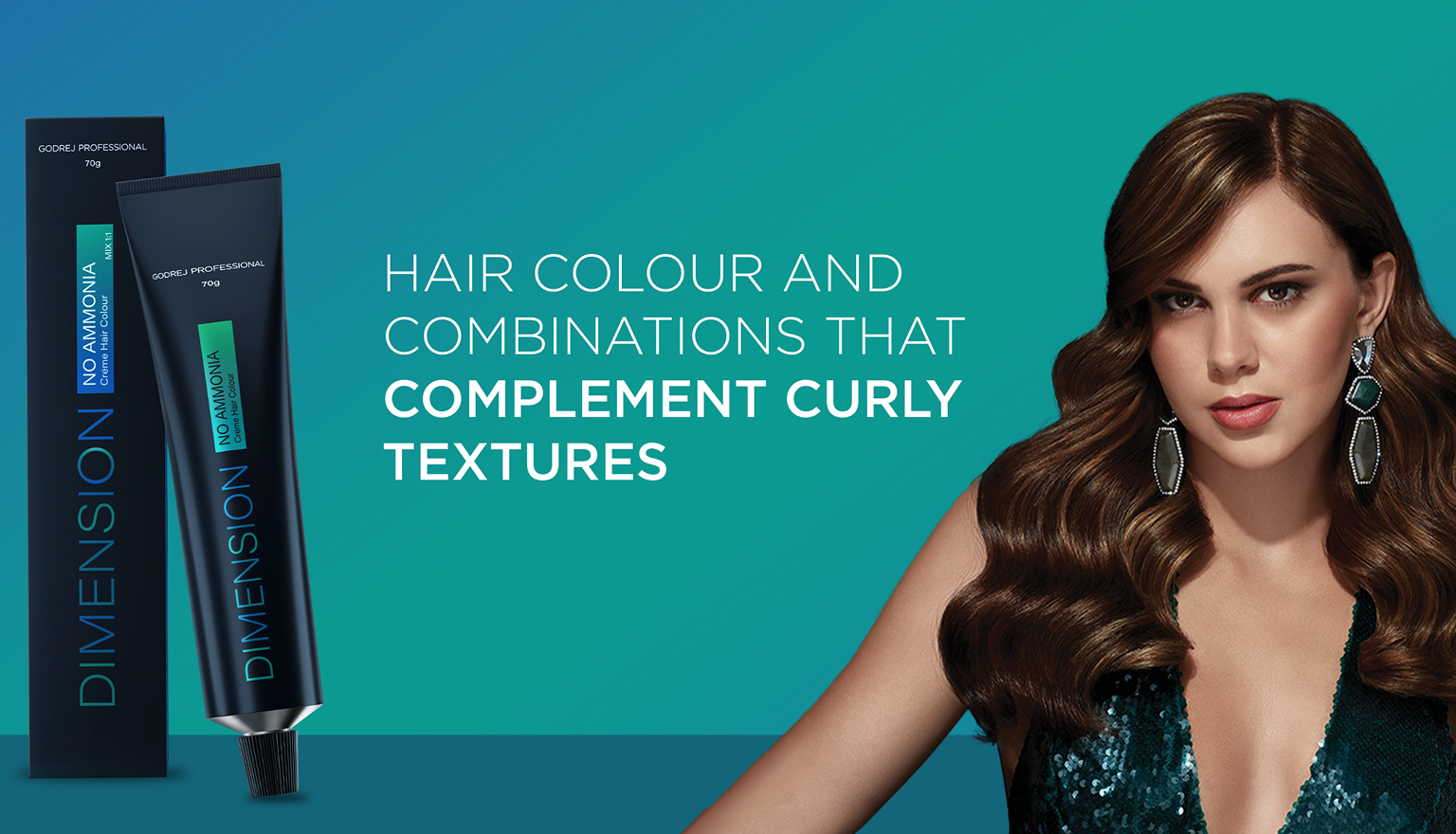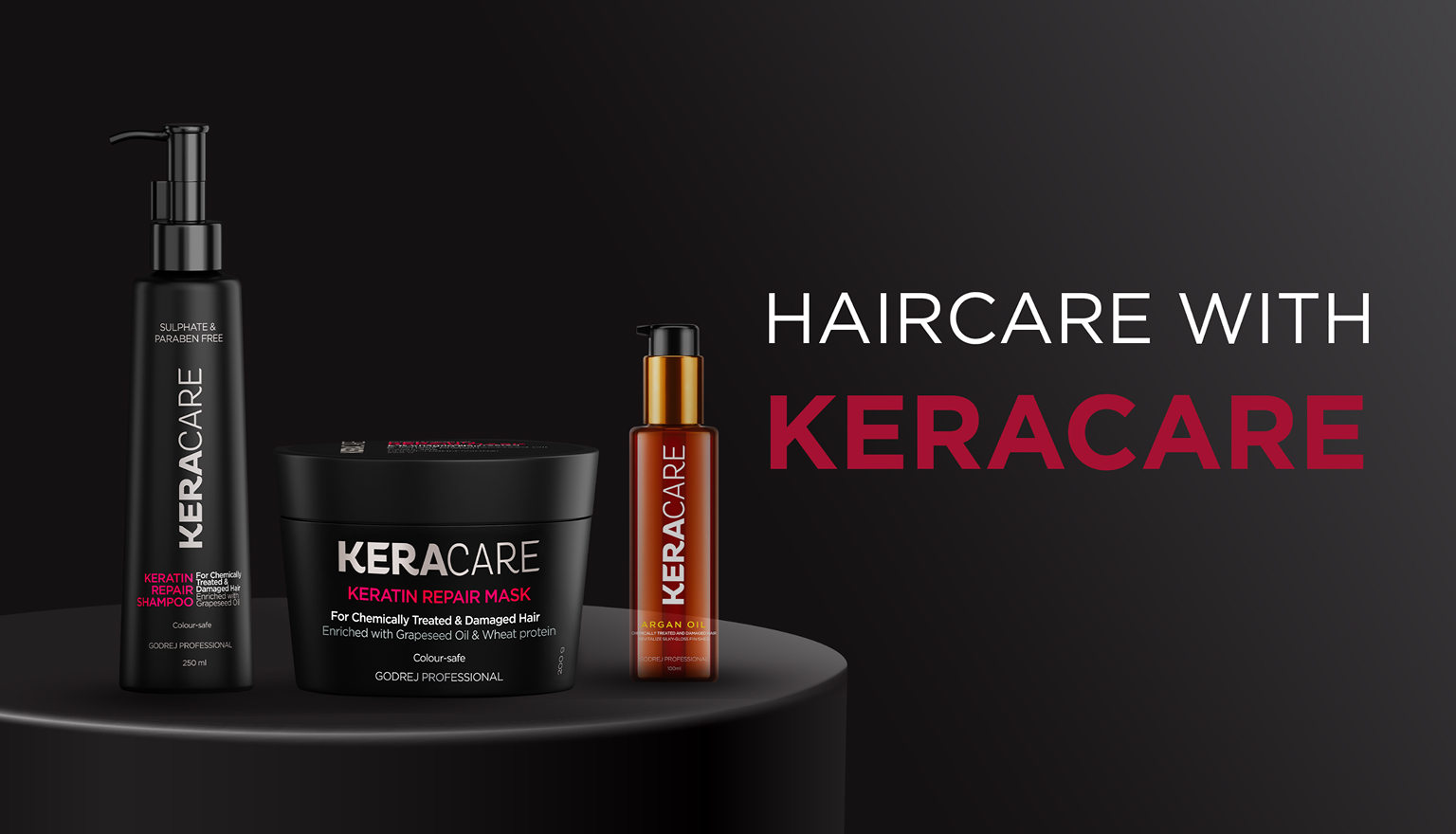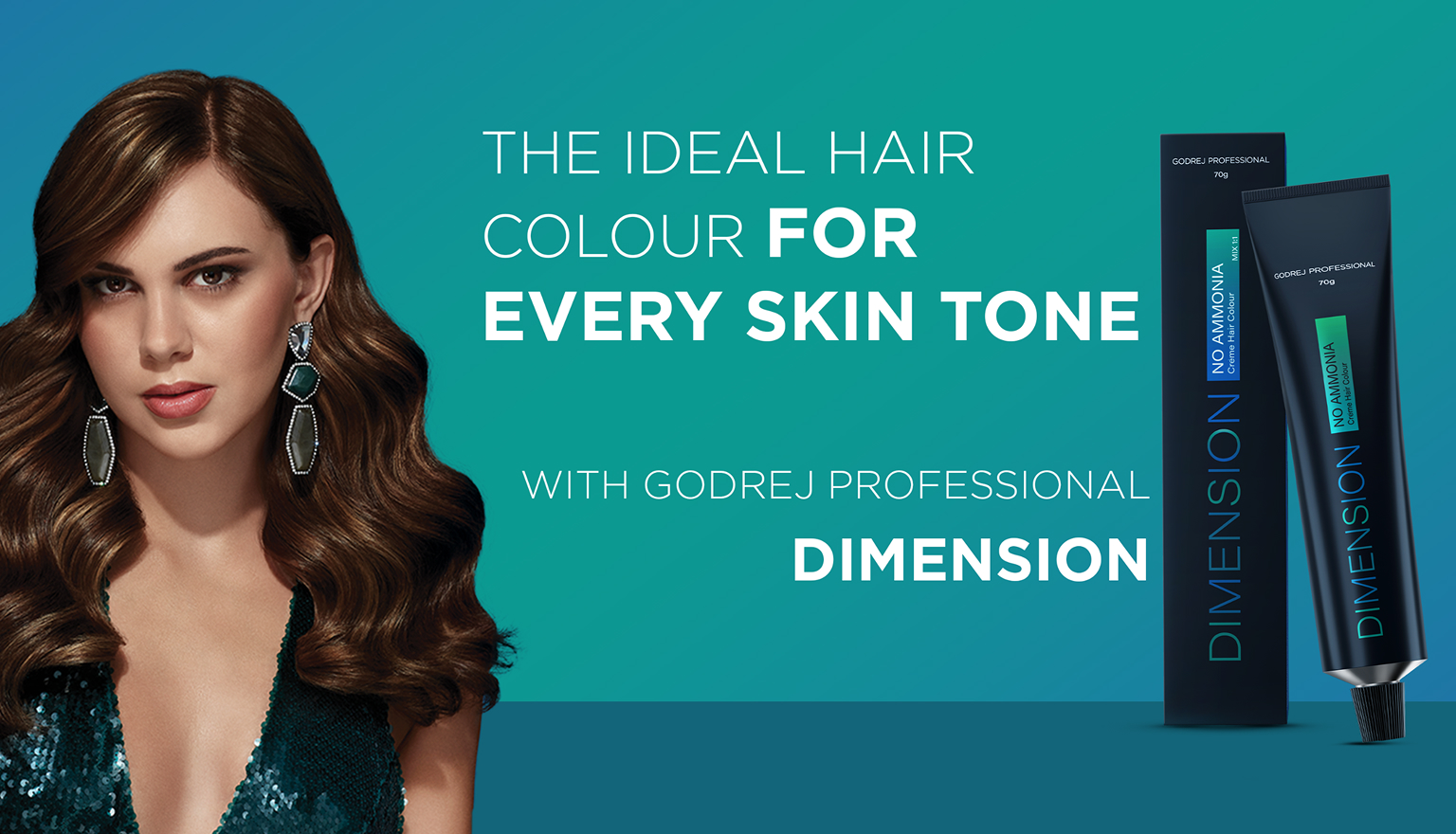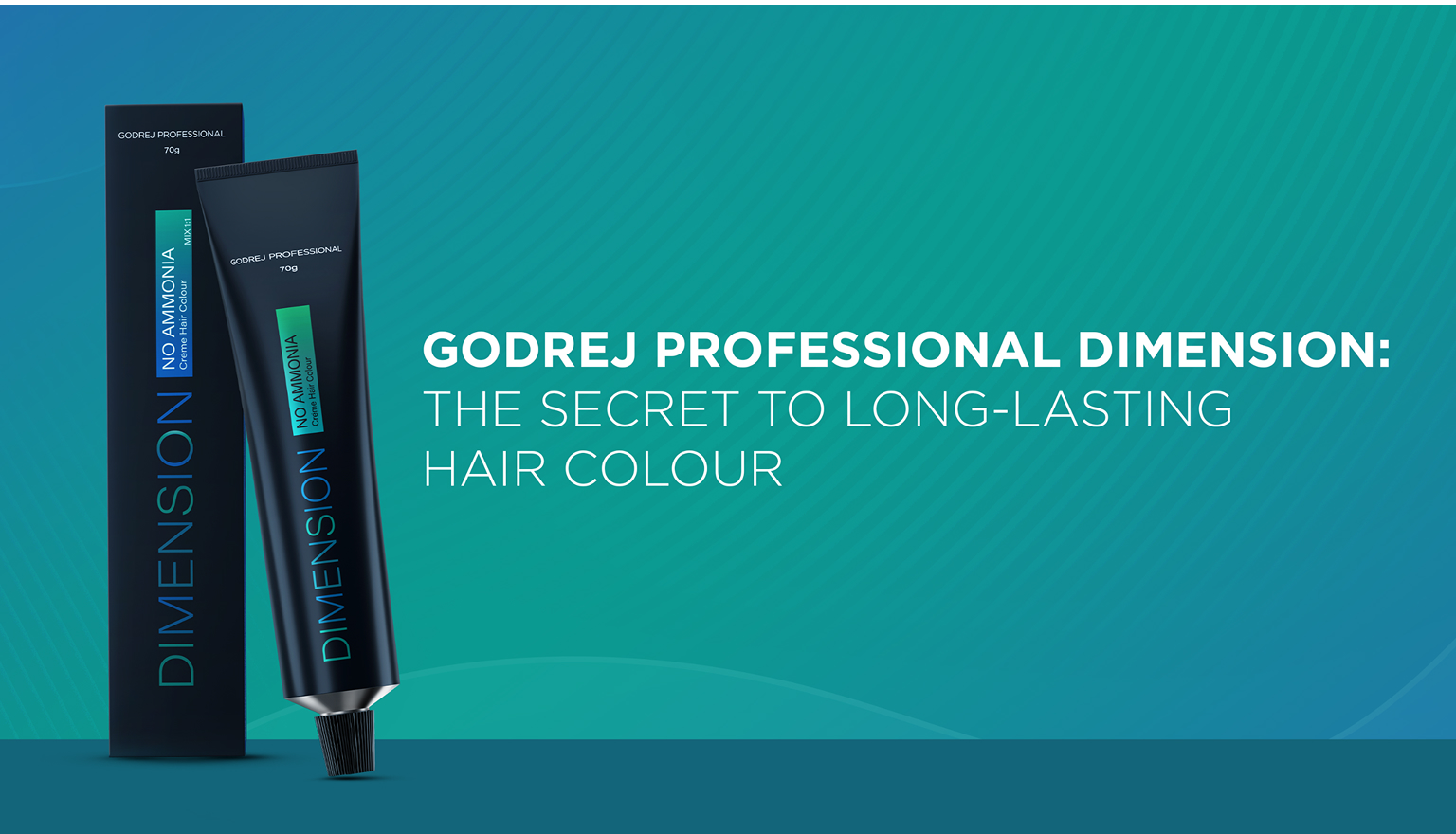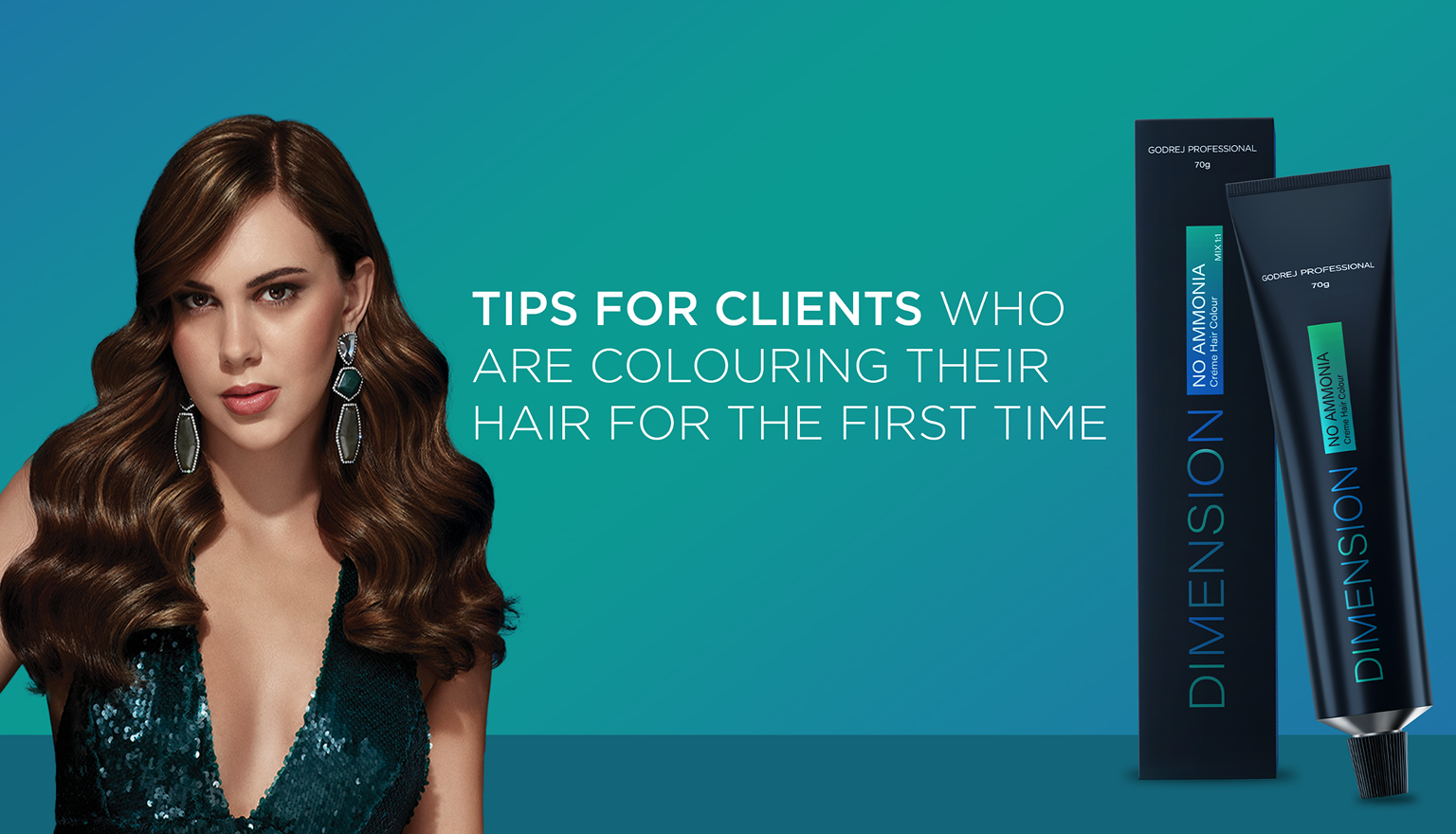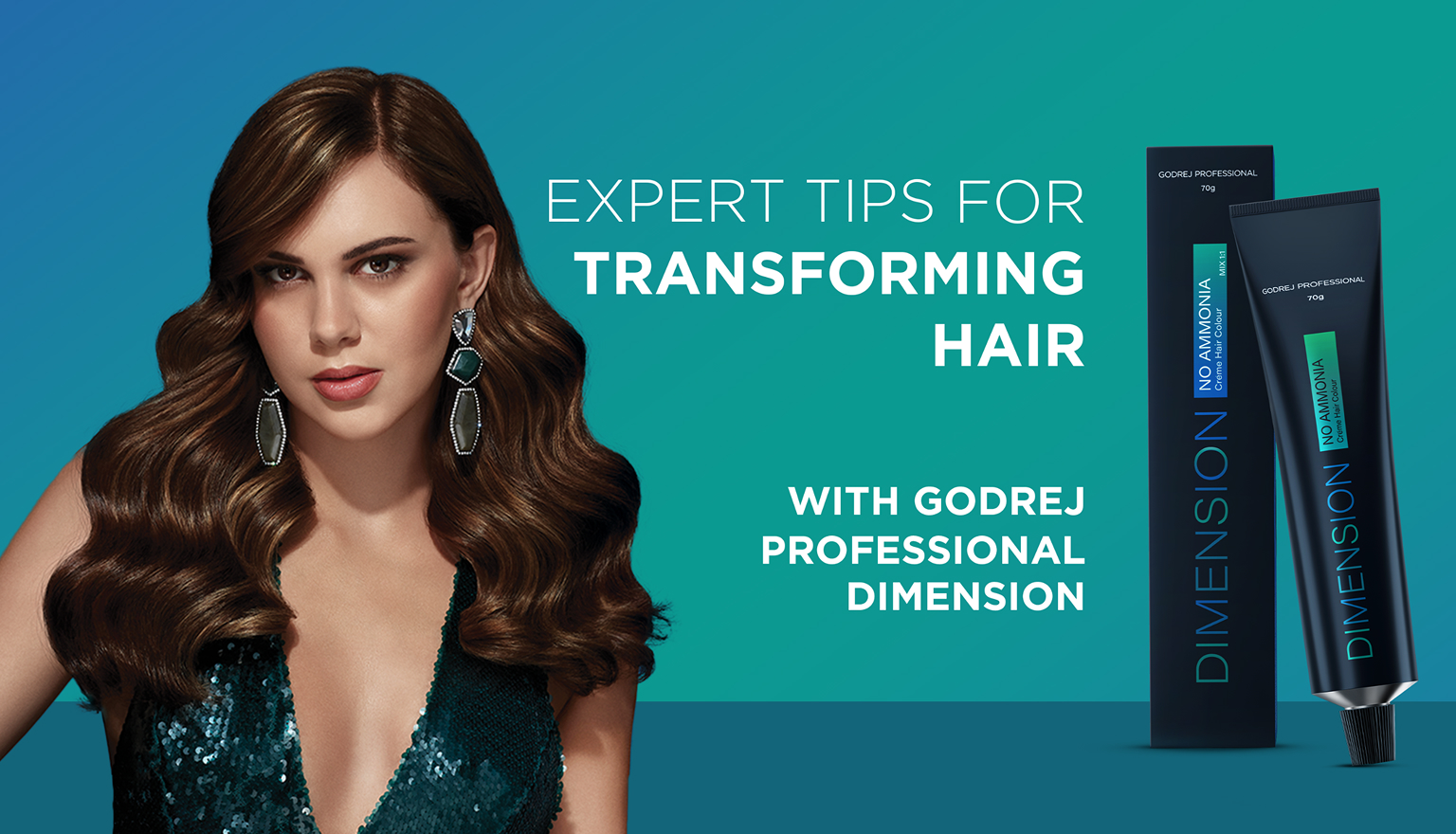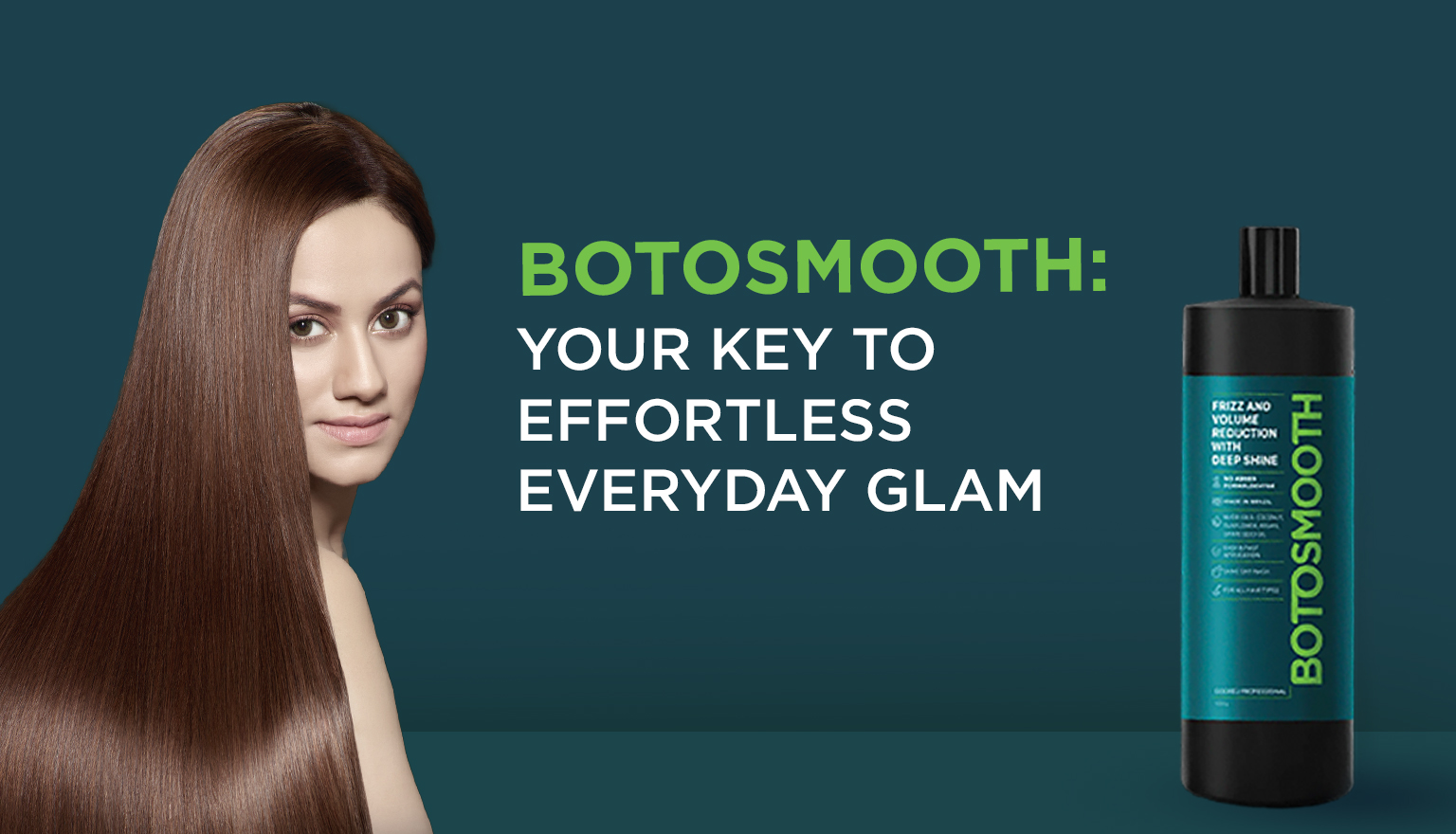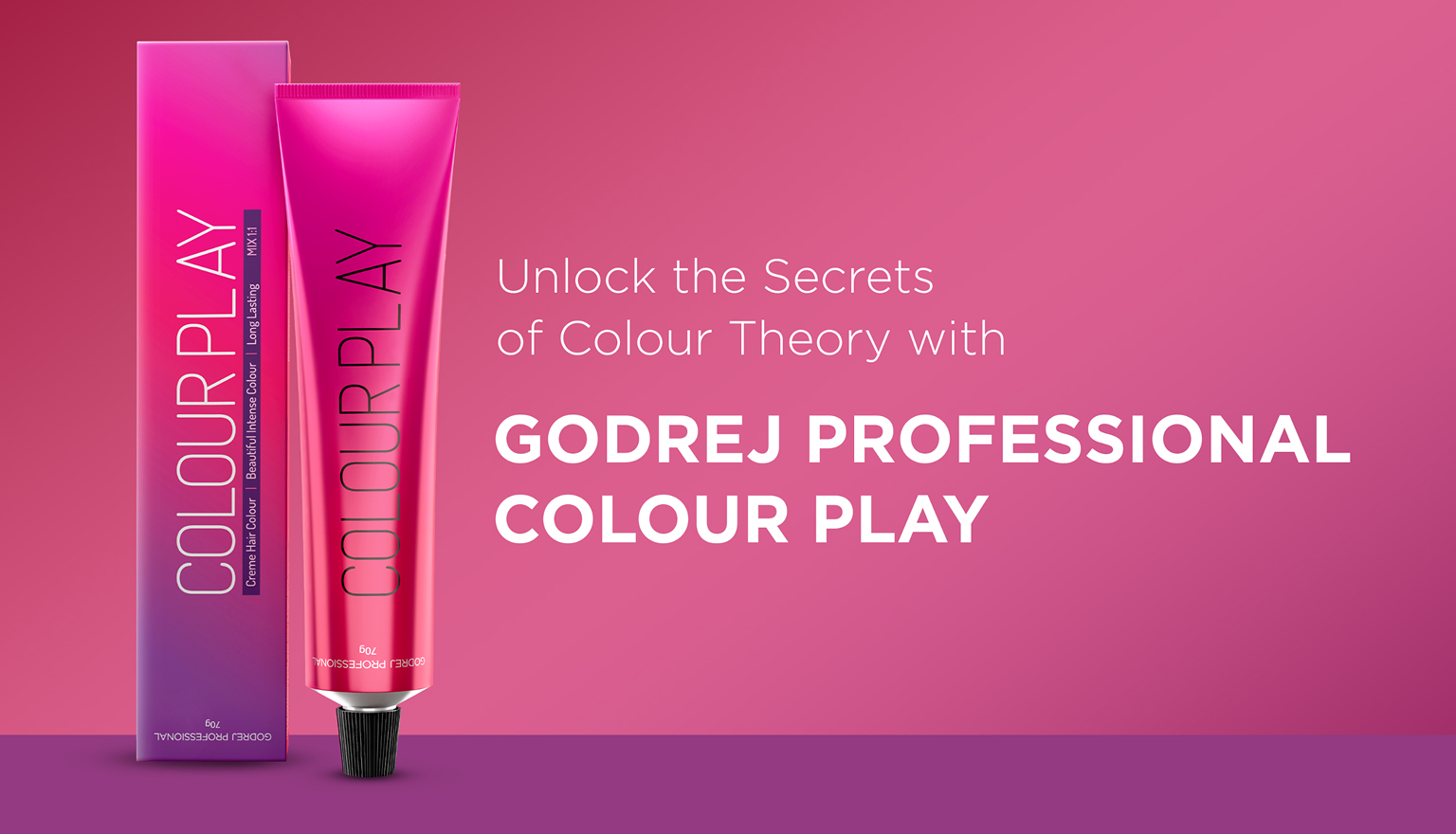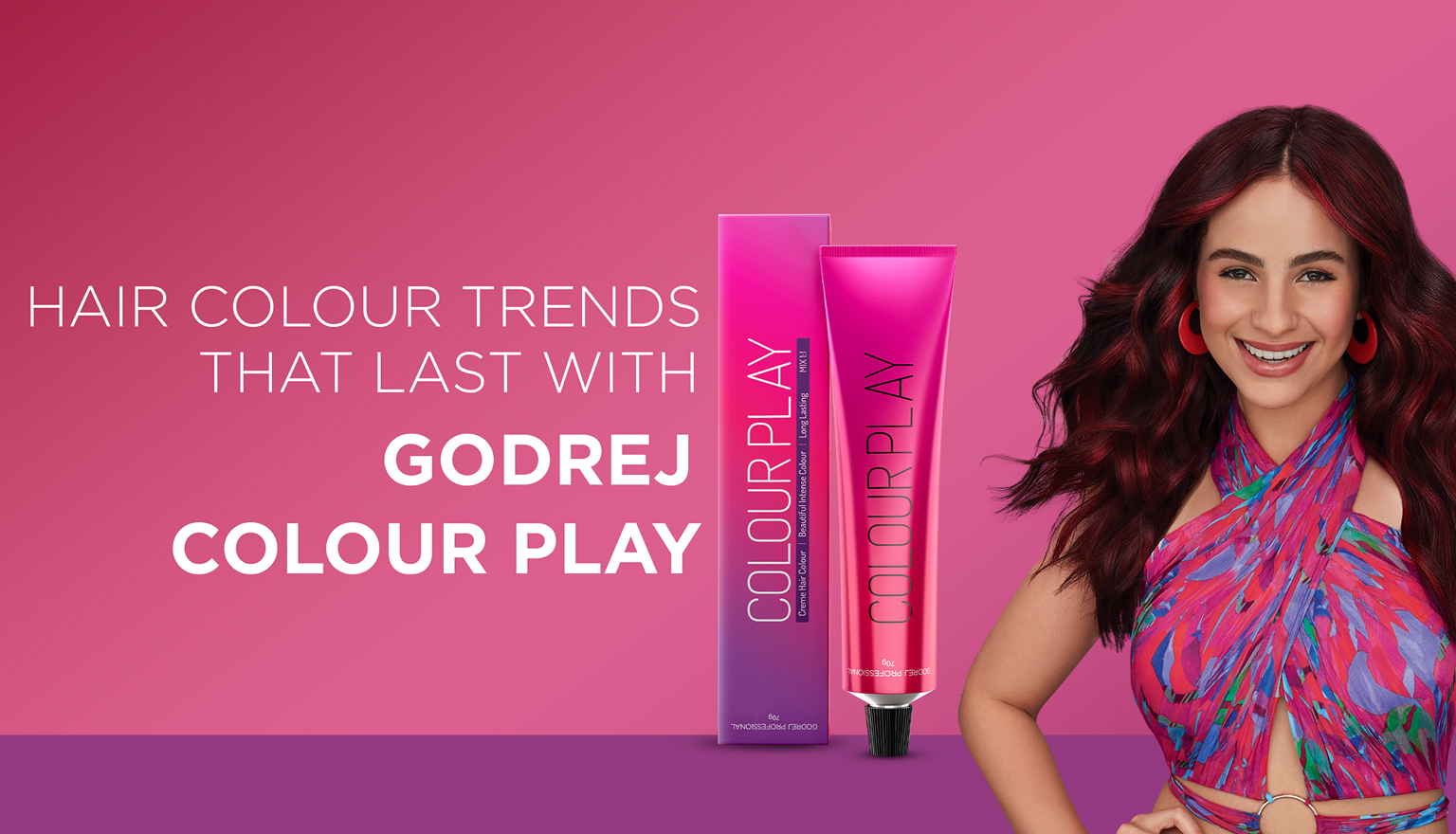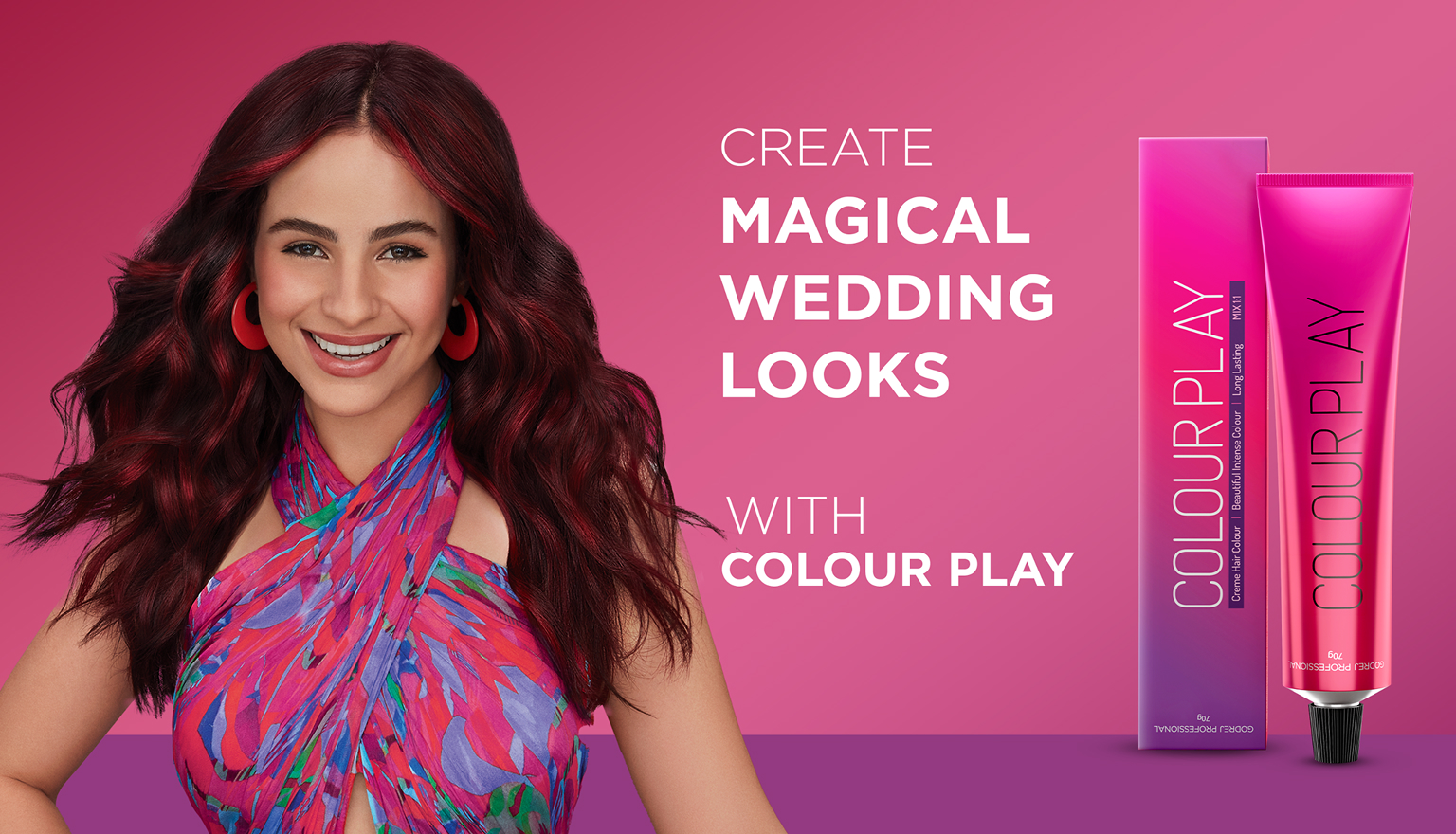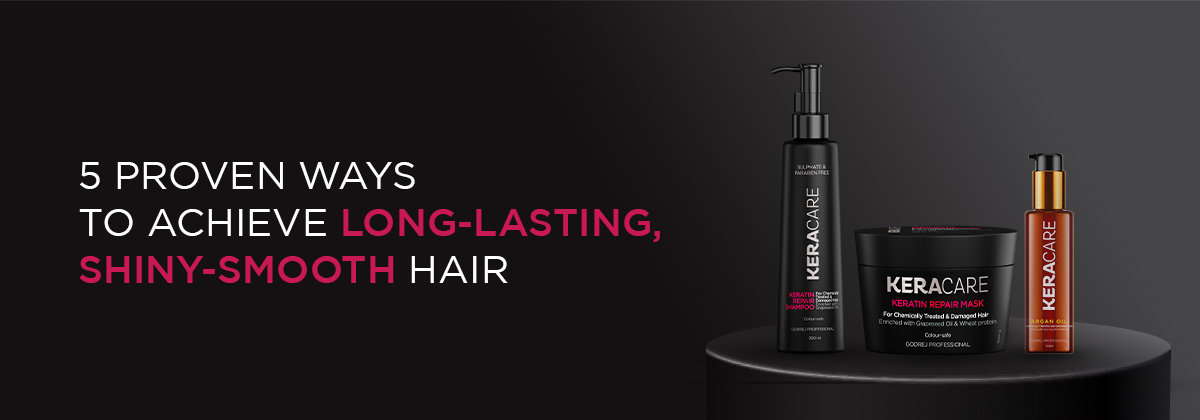Mastering The Art of Matching Skin Undertones With Hair Colours
Godrej Professional Colour Play helps stylists craft shades that enhance every client’s beauty.
Mastering The Art of Matching Skin Undertones With Hair Colours
(OR)
Decoding Skin Undertones: The Secret To Perfect Hair Colour
(OR)
Understand Skin Undertones And Attain Colouring Perfection
(OR)
Undertones And Colours: Discover The Perfect Match Made In Salons
Creating the perfect hair colour for your clients is an art that goes beyond simply choosing a shade. For stylists in India, where a rich diversity of skin tones is complemented by varying skin undertones ( warm, cool, or neutral) mastering the nuances is essential. This is because these subtle undertones play a pivotal role in how hair colours interact with the skin, influencing the final result. Instead of drastically changing a client’s natural appearance, focusing on enhancing their unique features through thoughtful colour choices allows for a more personalised and striking outcome. Understanding skin undertones enables stylists to enhance the client’s beauty, creating a look that feels both natural and empowering.
To harness this expertise, stylists must identify skin undertones accurately and pair them with hair colours that complement their client’s skin tone. With Godrej Professional Colour Play, a collection of vibrant shades, stylists are empowered to create bespoke results that align with each client’s individual style and personality, ensuring they leave the salon with a refreshed sense of confidence.
Decoding The Difference Between Skin Tone And Undertone
Before diving into skin undertones, it’s essential to differentiate between skin tone and undertone. Skin tone refers to the surface colour of the skin—light, medium, or deep. It can change with exposure to sunlight or other environmental factors. Undertone, however, is the underlying hue that remains constant regardless of environmental influences, and it is generally classified into three main types—warm, cool, and neutral.
- Warm Skin Undertones: They are characterised by yellow, peach, or golden hues.
- Cool Skin Undertones: They are characterised by blue, pink, or red hues.
- Neutral Skin Undertones: They are a blend of both warm and cool hues, creating a balanced look.
Understanding this difference is crucial for stylists to avoid potential mismatches, ensuring that each hair colour chosen enhances the client’s natural appearance.
Tips to Identify Skin Undertones
Identifying a client’s undertone is a simple process that any stylist can do effortlessly. Here are some simple and effective methods for identifying skin undertones:
- Vein Test: Ask your clients to look at the veins on their wrists. Greenish veins typically indicate warm skin undertones, while blue or purple veins suggest cool skin undertones. A combination of both suggests a neutral undertone.
- Natural Blush Test: Observe the client’s natural flush. If the skin appears pink or rosy, it’s likely cool-toned and if their skin leans more towards golden or peachy, it’s warm.
- White Fabric Test: Hold a white cloth near the client’s face. If the skin appears more radiant against white, the undertone is likely cool and if the skin looks more golden, it’s warm.
These simple tests provide stylists with a practical approach to identifying skin undertones, making the pre-styling consultation easy and accurate.
How Skin Undertones Shape Hair Colour Choices
Skin undertones play an integral role in hair colouring, as they help stylists create a seamless look that resonates with the client’s natural complexion. When a stylist complements hair colour with undertones, it subtly highlights their features and creates a look that is flattering. For instance, shades like golden blondes or rich caramel tones work beautifully with warm undertones. Similarly, cool shades such as ash blonde or icy brown bring out cool undertones exquisitely.
Matching Hair Colour With Skin Undertones
Once a client’s skin undertone is identified, selecting complementary shades becomes simpler.
- Warm Skin Undertones: Go for Golden and Rich Tones
Shades like golden blondes, deep caramels, and rich browns enhance the natural warmth of the client’s complexion with warm skin undertones.
- Cool Undertones: Embrace Ash and Icy Hues
Cool undertones benefit from shades that contrast with the colour of the skin. Ash blondes, icy browns, and iridescent shades add a refined edge to this undertone.
- Neutral Undertones: Adapt Any Shade With Ease
Neutral undertones allow for a versatile palette, as both warm and cool shades work well with it. Shades like muted blondes, balanced browns, or blended tones create depth without overpowering the natural skin tonality.
Aligning hair colour with the client’s skin undertone ensures a result that is both natural and sophisticated.
Redefining Personalised Hair Colour with Godrej Professional Colour Play
With Godrej Professional Colour Play, hairstylists gain access to a versatile palette of shades designed to meet each client’s individual needs, making every colour choice a thoughtful expression of their personal style. This range is enriched with Hydrolysed Quinoa, Pea Seed Extract, Provitamin B5, and Hyaluronic Acid which are known for their moisturising and strengthening properties. These added benefits not only enhance the hair’s appearance but also support its health, making each shade as nourishing as it is visually stunning. By aligning colour choices with skin undertones, stylists can go beyond simply matching shades, creating transformations that bring out the natural beauty of each client.
The Godrej Professional Colour Play range allows hairstylists to deliver an elevated colouring experience that combines artistry, science, and a deep understanding of individual beauty, offering clients results that feel authentic, unique, and confidence-boosting.









